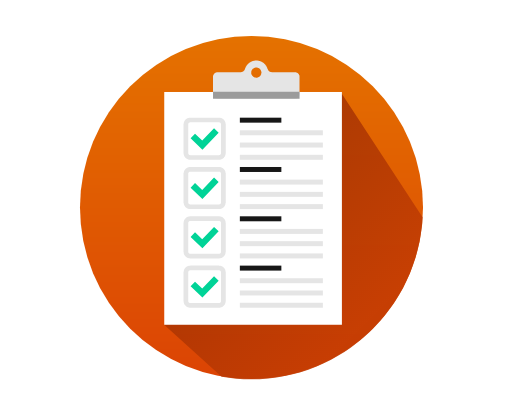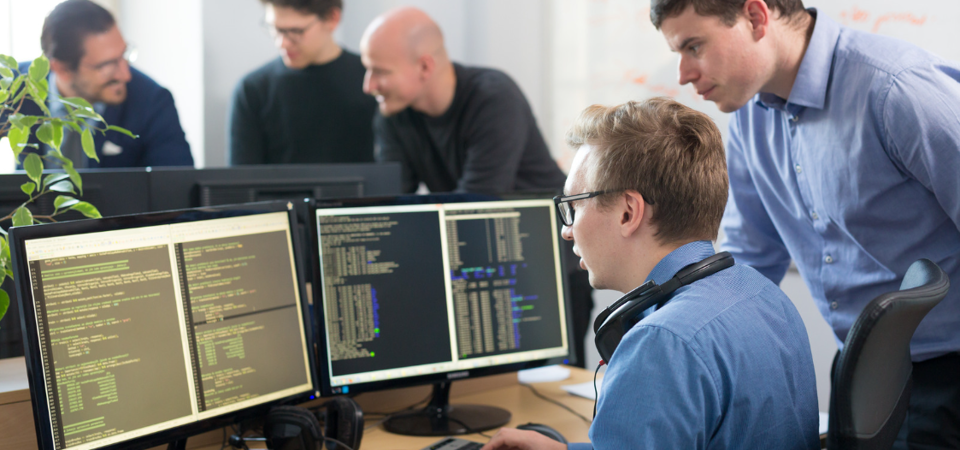Our Automated Db2 Migration solution includes the generation of a new alternative relational database to replace the functionality and other data structures that are part of your Db2 database. The new target database can reside on or off-mainframe, and can use any of the standard relational database management systems (SQL Server, Oracle, Db2, PostgreSQL).
The Db2 data extract and relational load process is simple, straightforward, and fast. Our tools generate data unload programs to be executed in your mainframe environment, as well as data conversion programs for the migration of flat file character data to ready the assets for testing on the target platform. We can provide a number of extract variations for customers that have special requirements for a short Db2 data migration window. Our data migration software gives us numerous capabilities for tailoring your data migration so that the new database meets your requirements.
Next, our data migration software will generate the new DDL for the target database, in addition to the load syntax required to populate the new database using the appropriate load utilities.
The Db2 database definition can be re-collected and processed through our Automated Data Migration software anytime throughout the project lifecycle. This prevents the need to put a freeze on changes to the Db2 structure, a huge win for critical business systems that change often.








